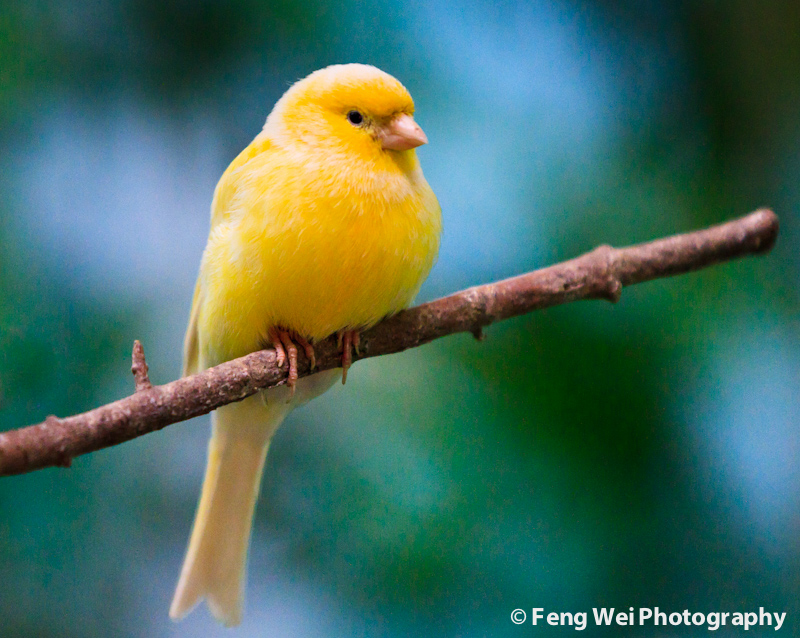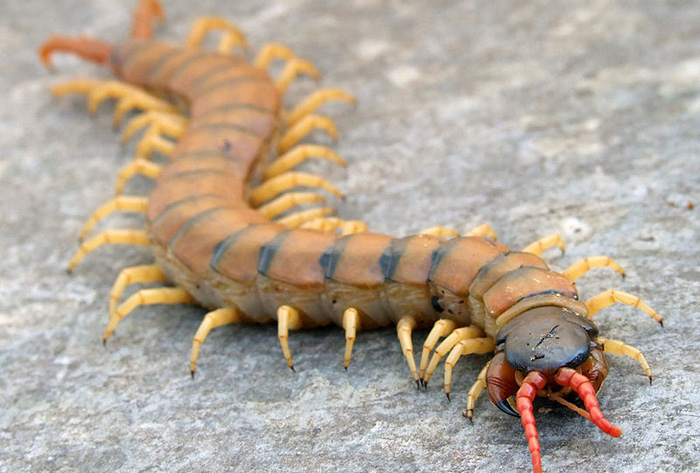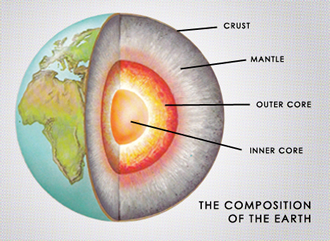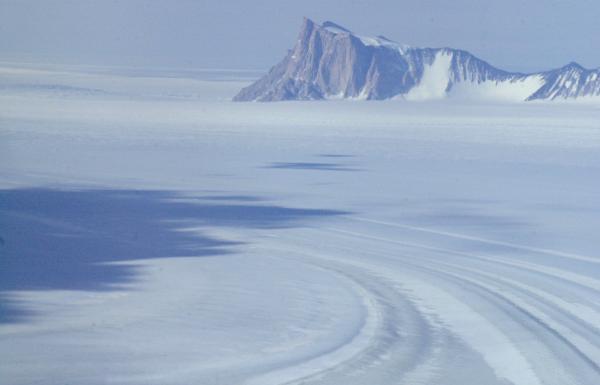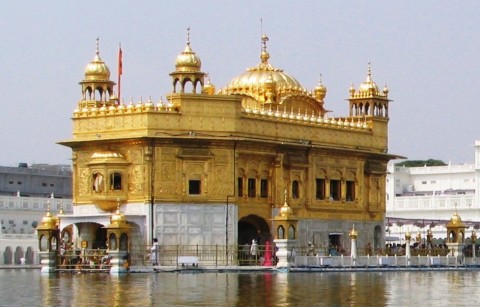In the wake of World War One, Australia rewarded its Veterans with the Soldier Settlement Scheme, this was where soldiers were given small grants of agricultural land to grow crops. The soldiers were given low-interest loans and provided with building supplies for the farmhouse, shed and fences and were able to pay off the loans once they had become fully established and started selling produce.
Some veterans settled in Western Australia on the fringes of the habitat of Emus, which are large flightless birds similar to ostriches which are native to Australia. They have long necks and legs and are known to grow up to 2m (6ft) in height and can run up to 40 mph, covering 9 foot in a single stride. They also weren’t opposed to wandering into the farmers fields and gobbling up their crops, to the point where the Australian government changed the Emus status from “endangered” to “vermin” as they continued to invade the veterans agricultural land in the wake of the first world war.



